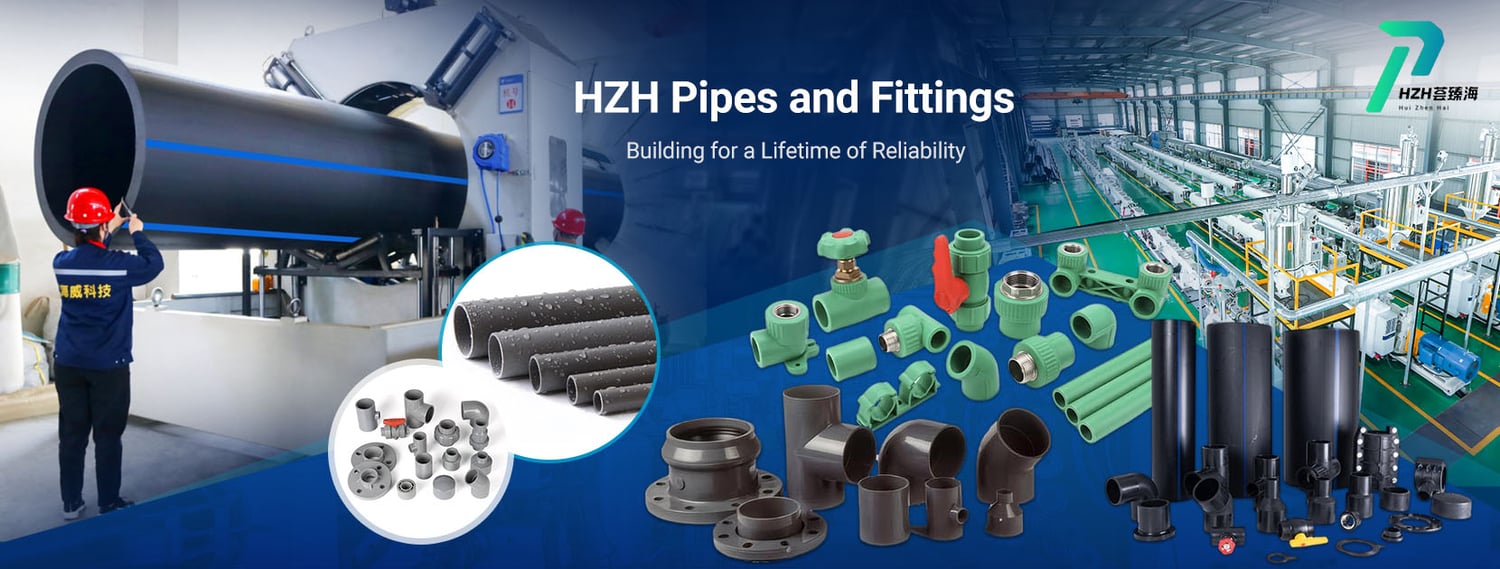The Significance of Impact Resistance TestingImpact resistance testing is crucial for MPP materials, as it helps determine the material's ability to withstand sudden force or shock without breaking or deforming. This type of testing is especially important for industries like automotive, construction, and aerospace that require materials with high durability and toughness.Types of Impact Testing MethodsThere are various methods used for MPP material impact resistance testing, including Charpy impact testing, Izod impact testing, drop weight testing, and tensile impact testing. Each method has its own unique advantages and is suitable for different types of materials and applications.Impact Resistance StandardsThere are several international standards organizations, such as ASTM and ISO, that have set guidelines for MPP material impact resistance testing. These standards ensure consistency and accuracy in testing procedures, allowing for reliable comparison of results between different materials and manufacturers.Quality Control and Product DevelopmentBy conducting impact resistance testing on MPP materials during the product development phase, manufacturers can identify potential weak points and make necessary improvements to enhance the material's durability and performance. This helps in ensuring high-quality products and customer satisfaction.Benefits of Improved Impact ResistanceMaterials with high impact resistance are less likely to fail under sudden or unexpected conditions, leading to increased safety, reliability, and longevity of products. This is particularly important for critical applications where failure could result in serious consequences.Factors Affecting Impact ResistanceSeveral factors can influence the impact resistance of MPP materials, including material composition, processing techniques, and environmental conditions. Conducting thorough impact resistance testing allows manufacturers to understand these factors and optimize material performance.Cost-Effectiveness of Impact TestingWhile implementing impact resistance testing may incur initial costs, the long-term benefits far outweigh the expenses. By identifying potential weaknesses early on, manufacturers can avoid costly product failures, recalls, and liabilities, saving both money and reputation.Continuous Improvement and InnovationRegular impact resistance testing enables manufacturers to continuously improve their materials and stay ahead of the competition. By investing in research and development, companies can develop cutting-edge materials with superior impact resistance properties.Environmental Impact ConsiderationsIn addition to mechanical properties, MPP material impact resistance testing can also assess the material's environmental impact, such as its recyclability, sustainability, and carbon footprint. This holistic approach to testing helps companies make informed decisions for a greener future.ConclusionIn conclusion, MPP material impact resistance testing plays a vital role in ensuring the quality, safety, and performance of materials used in various industries. By following standardized testing procedures, manufacturers can develop high-quality products that meet the demands of a rapidly evolving market.Quote Inquirycontact us










